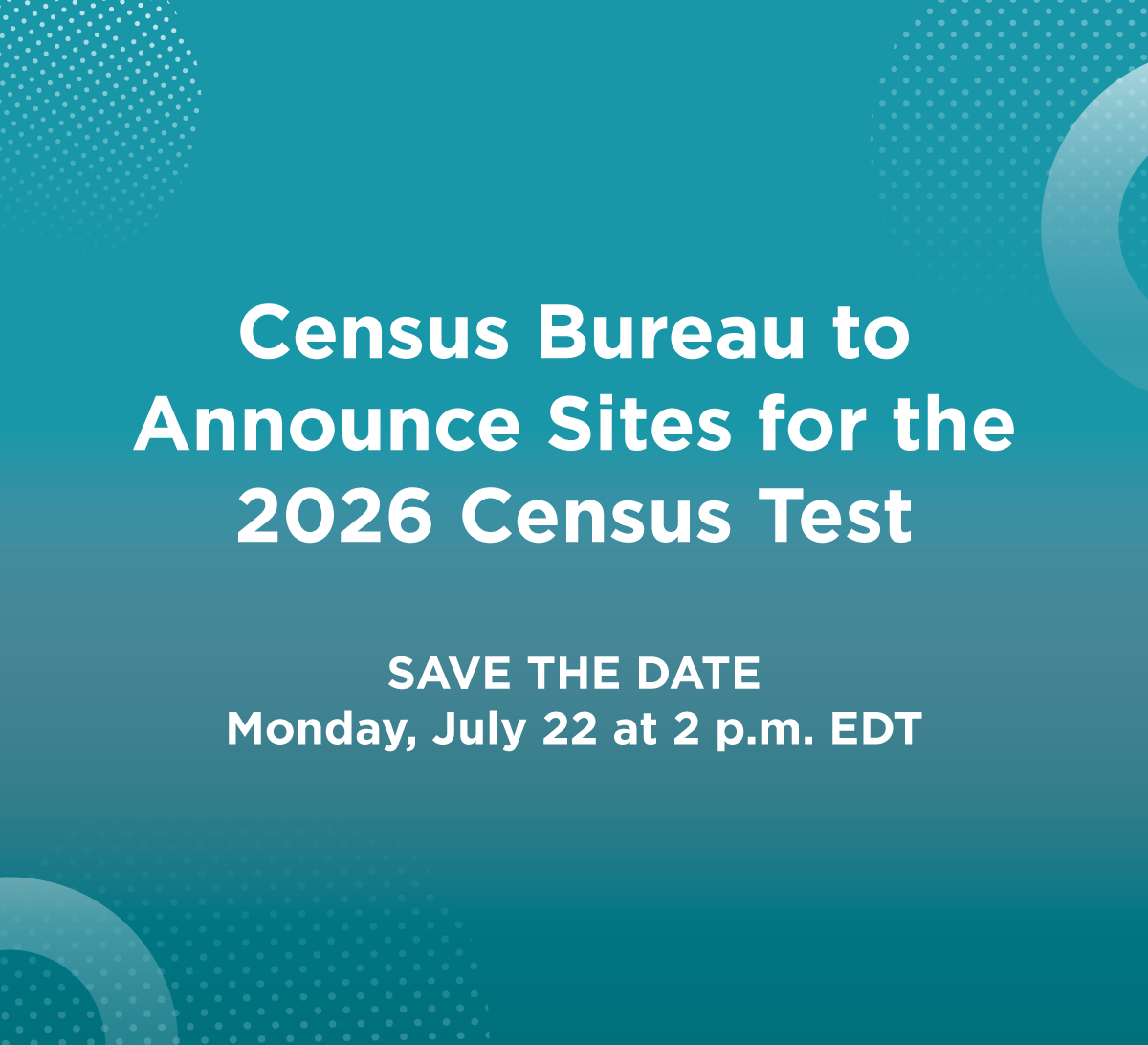
An official website of the United States government
Here’s how you know
Official websites use .gov
A .gov website belongs to an official government organization in the United States.
Secure .gov websites use HTTPS
A lock (
) or https:// means you’ve safely connected to the .gov website. Share sensitive information only on official, secure websites.
-
//
- Census.gov /
- Newsroom /
- 2014 Press Releases /
- Washington High-Speed Internet Use Varies by Metro Area
High-Speed Internet Use in Washington Varies by Metro Area from 68.3 Percent to 88.1 Percent, Census Bureau Reports
For Immediate Release: Thursday, November 13, 2014
High-Speed Internet Use in Washington Varies by Metro Area from 68.3 Percent to 88.1 Percent, Census Bureau Reports
About 83.0 percent of people in Washington reported home high-speed Internet use, according to a new report released today from the U.S. Census Bureau. However, rates varied within the state’s metro areas. Bremerton had one of the highest rates of high-speed Internet use at 88.1 percent, while Yakima had one of the lowest rates at 68.3 percent.
These statistics on computer and Internet use are the first to become available from the American Community Survey. The report released today, Computer and Internet Use in the United States: 2013, includes analysis of household computer ownership and Internet use by age, sex, race and Hispanic origin, income and education, and covers areas of the country with populations larger than 65,000.
“Many states had metros with consistently high or low computer and high-speed Internet use, but other states were notable for having a mix of both high and low areas within their borders, often very near one another,” said Thom File, a Census Bureau sociologist. “One clear example of this is seen in Washington. State level results show high percentages of both computer and high-speed Internet use, but when we look at the state’s individual metro areas, a more nuanced picture emerges.”
While certain Washington metropolitan areas, such as those in the state’s Northwest Corner (including Bremerton and Seattle), had high percentages of both computer ownership and high-speed Internet use, metropolitan areas in other parts of the state (including Yakima and Kennewick), had significantly lower estimates on both indicators.
As part of the 2008 Broadband Data Improvement Act, Congress mandated that the Census Bureau begin asking about computer and Internet use in the 2013 American Community Survey. Federal agencies will use these statistics to measure the nationwide development of broadband networks and to allocate resources intended to increase access to broadband technologies, particularly among groups with traditionally low levels of access. State and local governments will use these statistics for similar purposes, and businesses and nonprofits will be able to better serve their communities as well.
About the American Community Survey
The American Community Survey is the only source of small area estimates for social and demographic characteristics. It gives communities the current information they need to plan investments and services. Retailers, homebuilders, police departments, and town and city planners are among the many private- and public-sector decision makers who count on these annual results. Visit the Stats in Action page to see some examples.
Ever since Thomas Jefferson directed the first census in 1790, the census has collected detailed characteristics about our nation’s people. Questions about jobs and the economy were added 20 years later under James Madison, who said [PDF] such information would allow Congress to “adapt the public measures to the particular circumstances of the community,” and over the decades allow America “an opportunity of marking the progress of the society.”
These statistics would not be possible without the participation of the randomly selected households in the survey.
-X-
Note: Statistics from sample surveys are subject to sampling and nonsampling error. All comparisons made in the reports have been tested and found to be statistically significant at the 90 percent confidence level, unless otherwise noted. Please consult the tables for specific margins of error. For more information, go to <www.census.gov/programs-surveys/acs/technical-documentation.html>.
Changes in survey design from year to year can affect results. See <www.census.gov/programs-surveys/acs/technical-documentation/table-and-geography-changes.2013.html> for more information on changes affecting the 2013 statistics. See <www.census.gov/programs-surveys/acs/guidance/comparing-acs-data/2013.html> for guidance on comparing 2013 American Community Survey statistics with previous years and the 2010 Census.
Share
Contact
Virginia Hyer
Public Information Office
301-763-3030
pio@census.gov
Some content on this site is available in several different electronic formats. Some of the files may require a plug-in or additional software to view.
 Yes
Yes
 No
NoComments or suggestions?


Top




